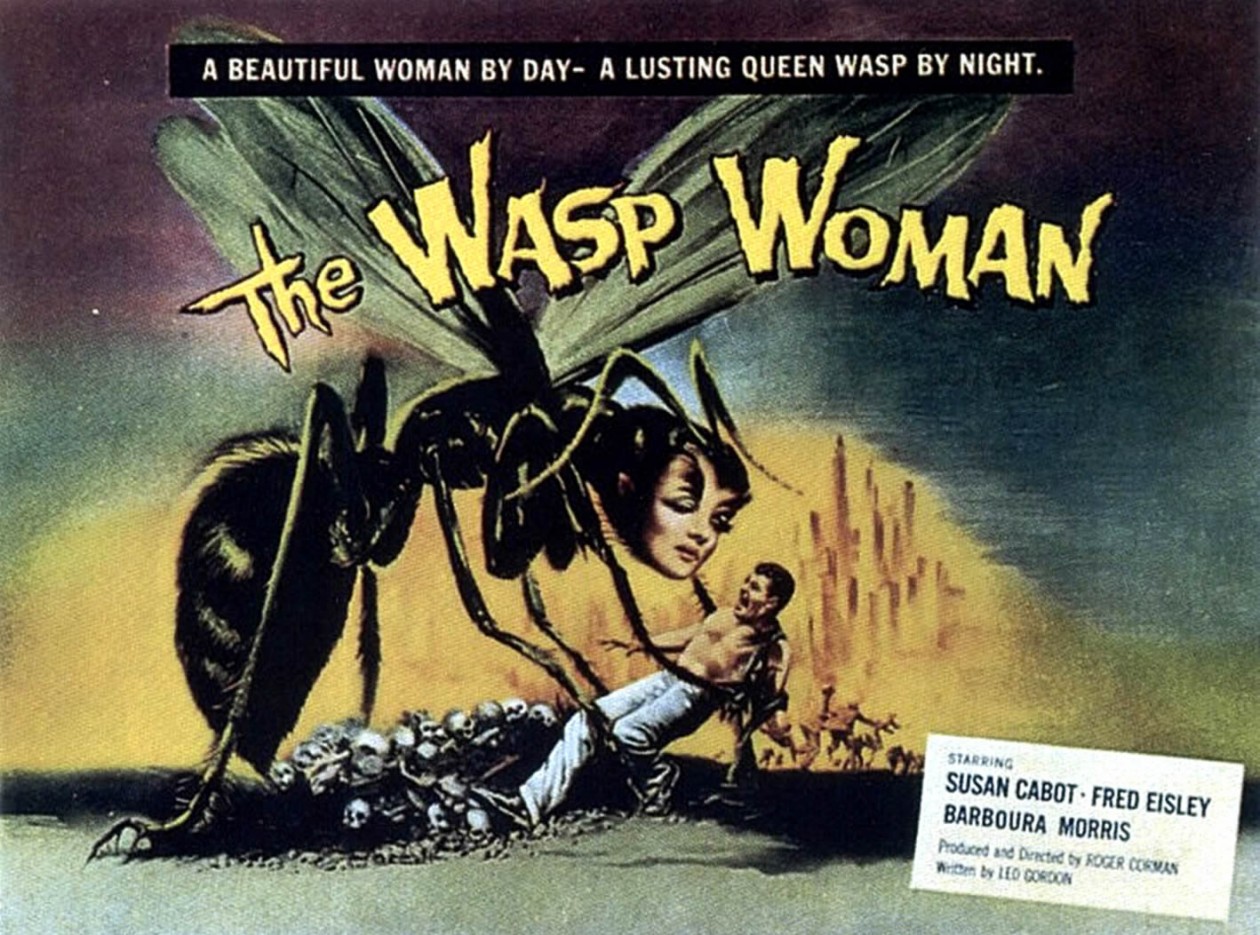After much thought, I’ve come to the conclusion that I’m still not over the ending of Boys Don’t Cry. I meant what I said in class–when the camera cuts to Brandon laying on the ground in the fetal position then shows John and Tom approach him, give him his shirt back while John physically lifts him up and puts his arm around Brandon, it was safe to say my jaw dropped. It wasn’t until after John says, “If you keep our little secret, we’ll stay friends. Right little buddy?” and Brandon replies, “Yeah of course. This is all my fault. I know,” that I literally had to pause my Netflix and thought, what just happened.
Watching the rape scene was treacherous in itself. I felt myself get goosebumps when John jumps up and cheers, adrenaline flowing after he finishes his turn with Brandon; a lump in the back of my throat after hearing Brandon’s cry over and over again, in hopes that this moment would end.
You hear about rape victims placing blame on themselves and it seeming pretty ridiculous, but actually watching a rape (which was treacherous in itself) and then hearing Hillary Swank say that (s)he knew it his fault was overwhelming to say the least. Brandon wasn’t ‘asking for it,’ he wasn’t dressing provocatively, or egging John and Tom on like we saw Bridget do in The Last Seduction, he was doing quite the opposite of that actually when he starting dating Lana. But then there is the argument (solely for the sake of one) where one could say that had Brandon been dressing provocatively in girls clothes and hitting on the boys instead, they wouldn’t have raped him, because this was considered punishment for tricking them (again this is for the sake of argument-not my stance on the matter).
Does that sounds contradicting to anyone else or just me?
And then there is the fact that John and Tom say that they and Brandon are going to be friends after the entire rape scene, or else they would kill him. I’m sorry, what? That is the most messed up part in my opinion. There were five people in their circle of friends, three of which were involved in this rape. That means every day, all three of these people would see each other and be reminded of what had happened, and in Brandon’s case he would most likely relive it every time.
After the two kill Brandon and film ended, I had a very terrible feeling about the whole thing, but I think I would have felt even worse had they not killed him and instead just gone on with their daily lives, causing Brandon to relive his rape and causing even more of “punishment” for him to live with.
